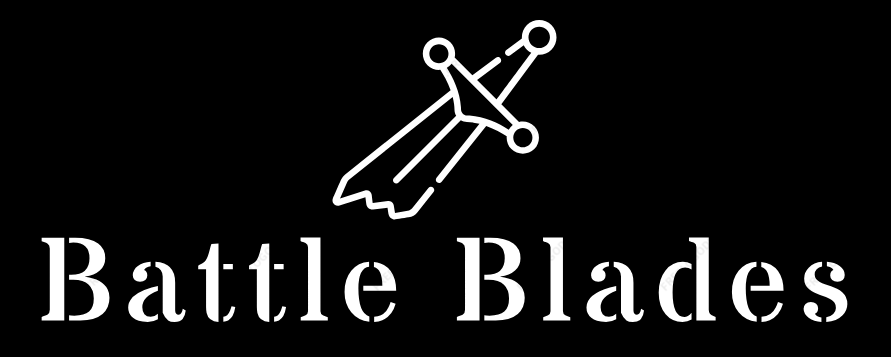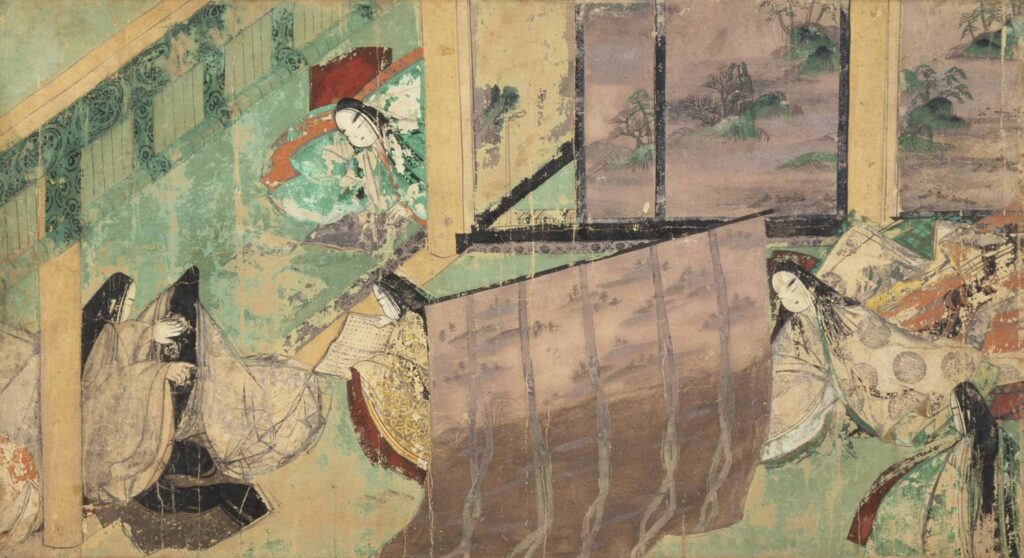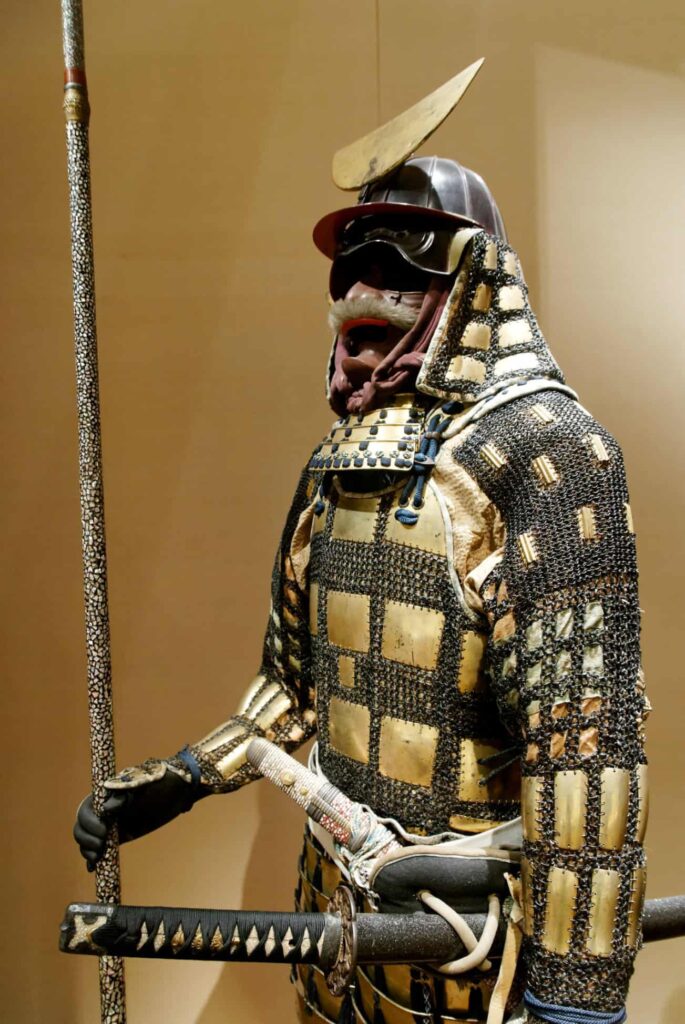Chokuto vs Ninjato
TLDR: In the debate of chokuto vs ninjato, the chokuto is recognized for its historical significance as a straight sword used primarily for thrusting in ancient combat, while the ninjato, often depicted in modern media as the “ninja sword,” is characterized by its shorter blade designed for stealth and agility.
Japanese swords have always fascinated me, with their rich history and cultural significance that goes far beyond mere weaponry. As I delve into the world of these magnificent blades, two types stand out: the Chokuto vs the Ninjato. The Chokuto, with its straight, elegant design, harkens back to ancient times, while the Ninjato, shrouded in mystery and modern interpretations, captures the imagination of martial arts enthusiasts like myself.
Definition and Historical Context
Let’s dive into the fascinating world of Japanese swords, starting with the Chokuto and Ninjato. The term “Chokuto” literally translates to “straight sword” in Japanese, and it’s a perfect description of this ancient blade. What really gets me excited about the Chokuto is its rich history, stretching back to the Kofun period (around 300-538 AD) and continuing through the Heian period (794-1185 AD). This sword represents a crucial stage in the evolution of Japanese weaponry.
The Chokuto’s design wasn’t born in isolation. It’s actually a testament to the cultural exchange between Japan and China during ancient times. The sword’s straight, single-edged blade shows clear influences from Chinese sword designs, particularly the Dao. This connection to continental Asian weaponry adds an extra layer of intrigue for history buffs like myself.
On the other hand, the Ninjato presents a more complex and controversial story. Often romanticized as the “ninja sword,” its historical authenticity is a subject of debate among scholars and sword enthusiasts. My passion for this topic has led me to countless discussions about whether the Ninjato truly existed in feudal Japan or if it’s largely a modern creation.
Physical Characteristics
The physical characteristics of the Chokuto and Ninjato offer fascinating insights into their respective roles and historical contexts. The Chokuto, with its straight, single-edged blade, typically measures between 60-80 centimeters in length, making it longer than the Ninjato. This design prioritizes thrusting attacks, allowing for powerful, direct strikes in close combat. The blade’s straightness also facilitates easier production, reflecting the earlier metalworking techniques of its time.
In contrast, the Ninjato, while also straight-bladed, is generally shorter to accommodate the need for stealth and quick movements. This design choice speaks volumes about its purported use by ninja, emphasizing agility and concealment over raw power. However, it’s crucial to note that the historical accuracy of the Ninjato is debated among scholars, with many considering it a modern interpretation rather than a historically verified weapon.
It’s worth noting that the Chokuto’s simpler guard design reflects its earlier place in Japanese sword evolution, predating the more elaborate tsuba designs seen in later swords like the katana.
| Feature | Chokuto | Ninjato |
| Blade | Straight, single-edged | Straight, typically shorter |
| Length | 60-80 cm (blade) | Shorter than Chokuto |
| Grip | Two-handed | Varies, often one-handed |
| Guard | Simple design | Often square (tsuba) |
Usage and Combat Techniques
The combat styles and practical applications of the Chokuto and Ninjato reflect their distinct designs and historical contexts. The Chokuto, with its straight blade, excels in thrusting attacks, making it a formidable weapon in close-quarters combat. Its effectiveness in stabbing motions is particularly noteworthy, allowing warriors to penetrate armor or strike vital points with precision. This combat style aligns with the warfare tactics of ancient Japan, where close-range engagements were common.
In contrast, the Ninjato, as portrayed in popular culture, is associated with the stealthy operations of ninja. Its shorter length and straight blade are said to facilitate quick, agile movements, ideal for surprise attacks and swift retreats. However, it’s crucial to approach these claims with skepticism, as historical evidence for the Ninjato’s use by actual ninja is limited.
The practical applications of these swords extend beyond combat:
Chokuto:
- Warfare: Primary weapon in ancient Japanese battles
- Ceremonial use: Symbol of authority and ritual importance
- Archaeological significance: Provides insights into early Japanese metallurgy
Ninjato:
- Modern martial arts: Incorporated into some ninjutsu training systems
- Theatrical performances: Often used in historical reenactments and stage combat
- Pop culture icon: Featured prominently in movies, anime, and video games
Final Thoughts
After exploring the intricacies of the Chokuto vs Ninjato, I’m left with a deeper appreciation for the artistry and functionality of Japanese swordsmanship. While the Chokuto represents the foundation of Japanese sword-making, the Ninjato, despite its questionable historical accuracy, has found a place in popular culture that continues to intrigue sword aficionados like me.


